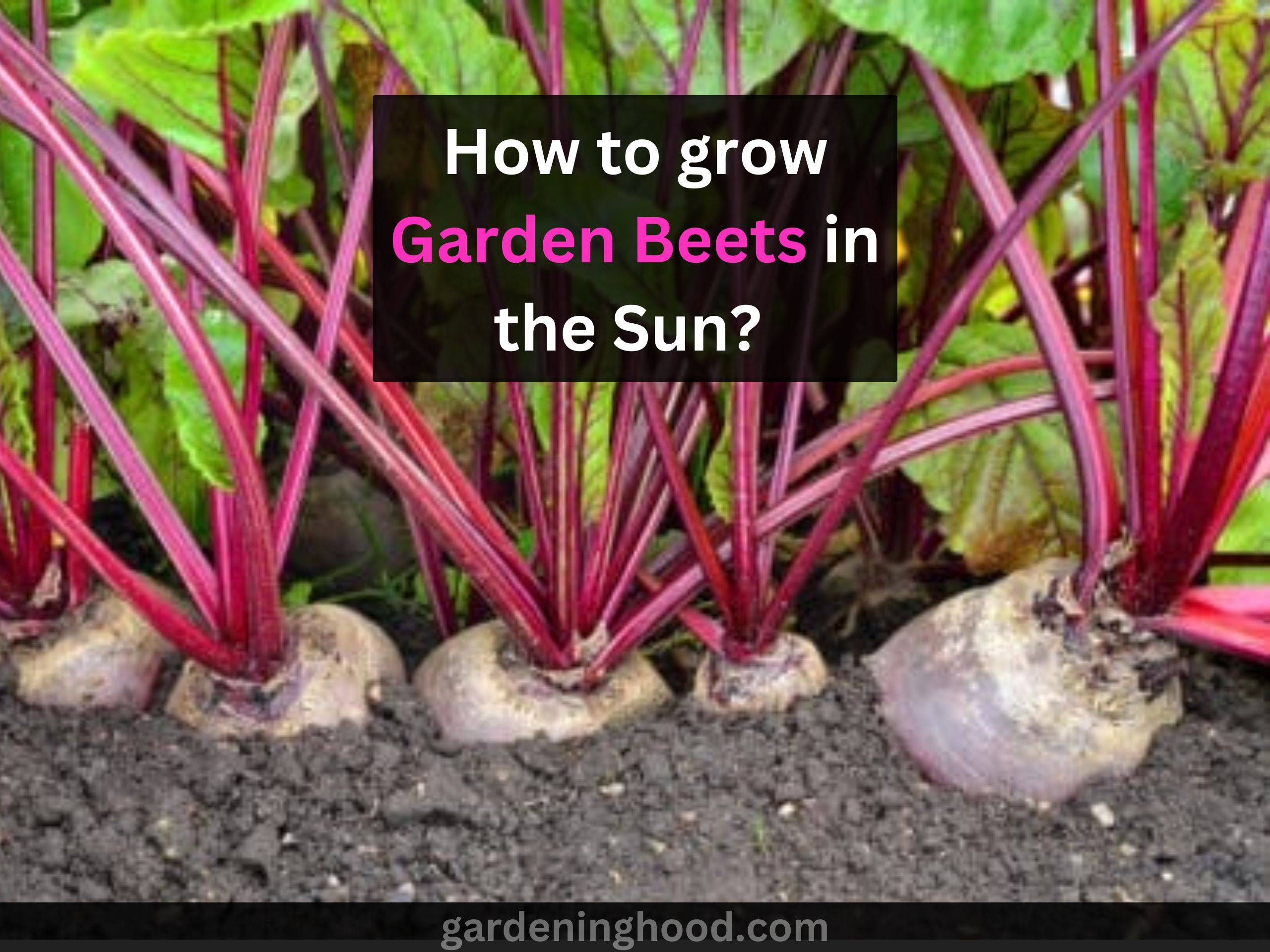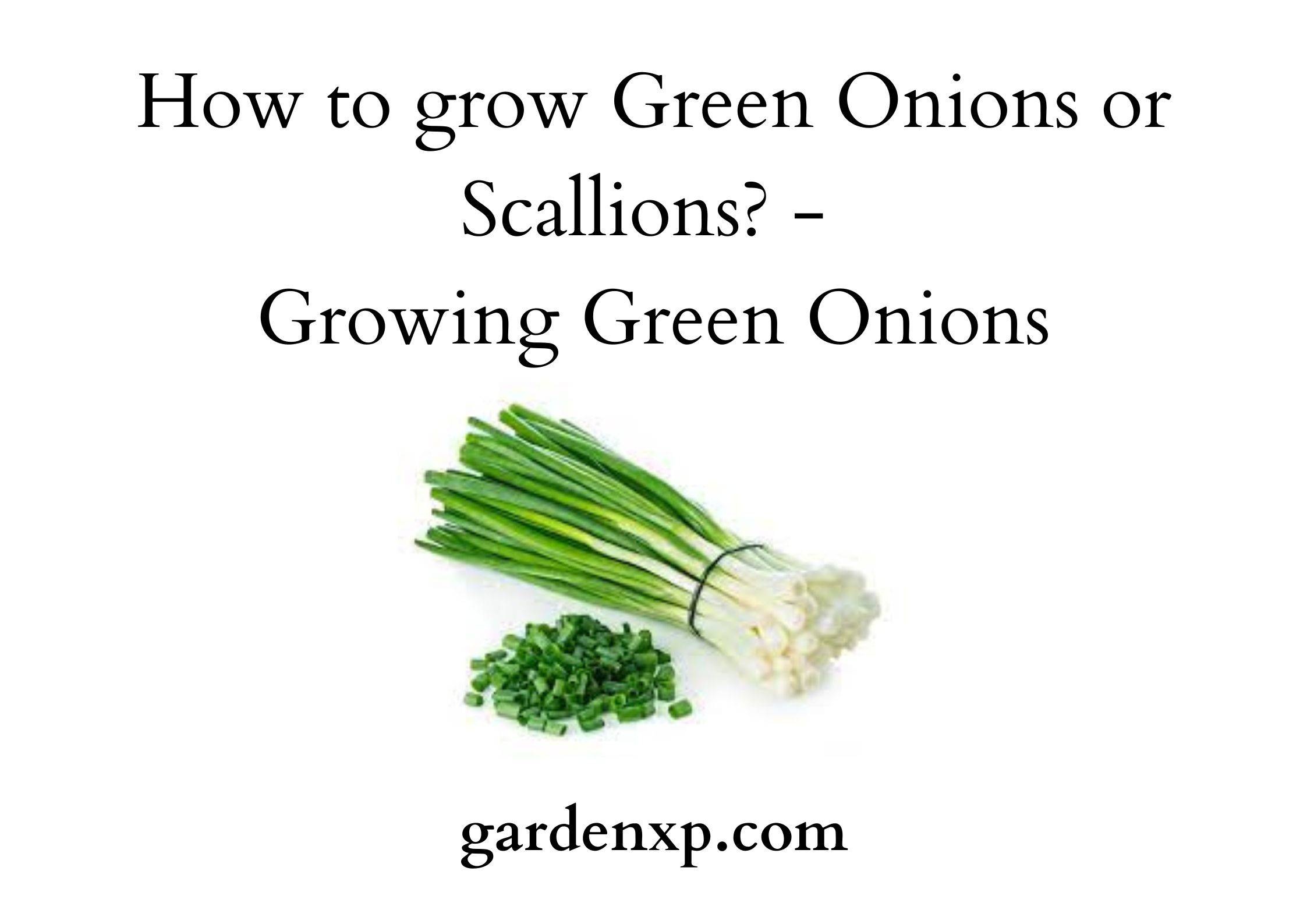Does Cabbage grow in Sandy Soil? – The best soils for Cabbage
Does Cabbage grow in Sandy Soil? Cabbage is a great crop to add to your garden. This leafy vegetable comes in various colors like green, red, or white. Growing cabbage is beneficial because nowadays arugula has vitamins C and K and other useful supplements. If you are thinking of growing vegetables and worrying about what is why you should get or does cabbage grow? Then this article is for you. The cabbage can get good if the soil is right.
Key takeaways:
- The cabbage can be grown on a variety of soil that has good drainage, is moist, fertile, having a pH of about 6.5 to 7. Cabbage can also grow well in loamy soil.
- Sandy soil helped the root vegetables with its loose texture and in the case of cabbage, the roots can develop easily in sandy soil.
| Common Name | Cabbage |
| Botanical Name | Brassica oleracea |
| Family | Brassicaceae |
| Plant Type | Vegetable, biennial, annual |
| Mature Size | 1–2 ft. tall, 1–2 ft. wide |
| Sun Exposure | Full |
| Soil Type | Loamy, well-drained |
| Soil pH | Acidic, neutral |
| Hardiness Zones | 2–11 (USDA) |
| Native Area | Europe |
Does Cabbage grow in Sandy Soil?
The sandy soil helps in the growth with good speed. The sandy soil gets dry and fine in the sunlight, so it can help in the route aeration but overall is harmful to the growth of cabbage. cabbage can be grown in Sandy soil only if the Gardner is available most time of the week for cabbage.
The sandy soil drains water quickly as it cannot hold water nutrients. Then everyone will be easily washed off in rainfall or regular watering which can lead to the deficiency of nutrients for garbage. As I mentioned above, cabbage needs a good amount of nutrients in the soil. The loom soil is seen to be beneficial for the brand as it can be easily modified by using compost.
What soil does cabbage grow in?
Cabbage can be grown in sandy soil but providing all suitable conditions is not possible at home. So they are grown in sandy soil commercially. Cabbage can be best grown in loamy soil that is little altered by using compost to add organic matter to it.
The sandy soil if mulched can help with the moisture maintenance in the soil but not for that long or you will have to use thick mulch. In some cases the thick mulch can cause mold around the leaves, so be careful!
For more such plant related-articles, you may also read, Can I grow Lettuce in the Summer? (4 Easy & Tested Tips)
How to improve sandy soil for cabbage?
The sandy soil can be improved by covering it with soil which will become a shield for the soil and prevent the evaporation of water quickly. A thin layer of mulch and regular fertilization will help the cabbage grow in sandy soil.
Something should be there in the sandy soil so that the nutrients do not wash away and the merging will also improve this. Liquid fertilizer one time every 1 to 2 weeks. This will keep the cabbage happy and content.
Does composting help sandy soil?
Composting improves soil texture and is an organic way to bring nutrients into the soil. The soil becomes rich but takes time to properly build up. The sandy soil can be composted up to 12 inches. The cabbage roots get to a depth of 18 to 36 inches so accordingly, you have to add compost layers.
Land preparation for cabbage(growing cabbage in the best soil possible)
- Clean the soil well, and make sure the soil is not too compact.
- The soil should be well-draining. In case you are using loamy soil then great also you can add a little sand if you see poor drainage, though it happens rarely but in case.
- Plow the soil at least one time a week before planting the cabbage.
- Remove the weeds if any.
Using Compost to Improve Sandy and Clay Soils for Cabbage:
You can use the compost for improving the soil long term which is a long process for enriching the soil with microbial life having nutrients. Adding compost does help in improving water and nutrient retention by losing the soil structure. Having clay or sandy soil does not create a problem; you can still add a few inches of soil to improve the soil structure. Adding a few layers of compost at the top of this soil every year does help form a thick layer of rich soil. Growing cabbage in Sandy and clay soil only reaches up to 18 to 36 inches in the soil so even if you build 12 inches of good soil at the top every year it will tend to improve the production of the cabbage.
In case you want a quicker and easier production way then you can invest the money in buying raised beds in which unit to fill 12 to 13 inches race bed with the help of loamy soil or mix soil and compost.
Common Garden Pests and Diseases for Cabbage:
There are many pests that get attracted to cabbage and you need to be aware of them such as aphids, cutworms, flea beetles, cabbage loopers, cabbage worms, slugs, cabbage root maggots, and thrips. You need to protect the cabbage from diseases such as clubroot, downy mildew, and black rot.
Don’t worry about it, there are many pests that can be treated with the same method. For example, applying insecticide will help you to remove the best from the cabbage. Here you just need to apply it without identifying what is eating your cabbage. Make sure that you are applying the insecticides that cover every pest mentioned. On the other hand, if the cabbage undergoes the common impact diseases as mentioned above you need to treat them with different plans such as:
- The disease of black rot needs to be treated with fungicide.
- You need to remove all and destroy it so that the fungus does not spread to other crops.
- In the case of a clubroot, you need to remove the entire plant and make sure to remove the entire root system. These are diseases that are very aggressive and spread from plant to plant very quickly and destroy all the plants that come in contact with these diseases.
- You need to raise the soil PH level by adding a lime to the soil which will help you to keep the pH at 7.0 or higher level.
- If you want to prevent your cabbage from downy mildew you need to prevent watering the cabbage during the morning so that the leaves get all day to dry themselves.
- Make sure to provide proper spacing between the plants which will help in increasing the airflow between the plants.
- You need to alert and protect your cabbage from all the threats that can harm them. Keep regularly checking the cabbage so that you can help them to bounce back.
Final words of the context
we hope you like this article and find it helpful. This article was about whether cabbage can grow in sandy soil or not. By now we are sure you have understood that loamy soil is ideal for growing cabbage well. Though the sandy soil can be used too, the cabbage will not grow fullest because the drainage of sandy soil is high and the soil cannot retain water and nutrients for long, although mulch and compost can help to make use of soil better for cabbage vegetables. Happy growing up!
FAQ‘s
What is the best climate to grow cabbage?
The cabbage is best grown when the season is cool and moist or in the early springtime. The temperature should be in the range of 15 degrees to 21 degrees Celsius. The cabbage needs 1-2 months to mature.
What is the best fertilizer for cabbage?
The liquid fertilizer having an equal ratio of NPK is ideal for the cabbage. The fish emulsion and weak compost tea are also considered to be great to use in soil for cabbage. The cabbage fertilizer can be further added one time every week or two weeks.
How much water does a cabbage need?
The cabbage needs water up to the roots, so watering them deeply is essential. Water the cabbage plants about 1-2 inches every 7 days and keep the moisture sustained in the soil by using the mulch layer over the soil.


